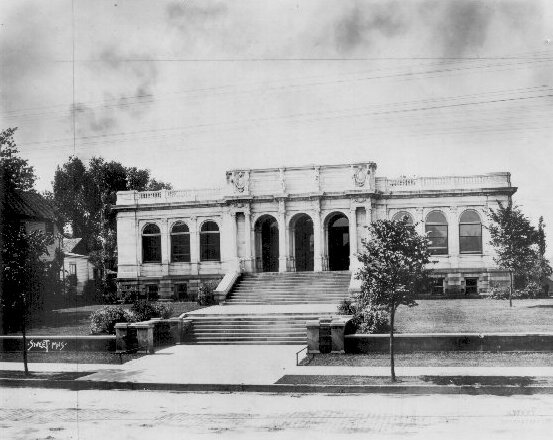Pillsbury Library in Minneapolis
Built between 1902 and 1904, this beautiful building on its shady lot served southeast Minneapolis as the Pillsbury Library. When John S. Pillsbury died in 1901, his estate was estimated to be worth $5 million. With that money, he wished to gift the city with a new library in Southeast Minneapolis. His heirs took his ideas for the library and carried out his plan. Pillsbury felt strongly about the importance of education and sharing his fortune for the greater good. Against advice from his friends, he chose the site for the library on the corner of University and Central with the belief that it was the best location to serve the needs of the largest number of people.









Designed by Charles R Aldrich, the Beaux-Arts style of the building was popularized by the World’s Columbian Exposition in Chicago in 1893. The library interior featured nine stained-glass skylights and marble statues by artist Andrew A. Gewont based on the themes of literature and mechanism. The library opened to much fanfare in 1904 and served the community until its closure in 1967. The building was then used by the Doctors Diagnostic Laboratories and the Dolly Fiterman Fine Arts Gallery before the Phillips Family Foundation took over the majority of the building.
